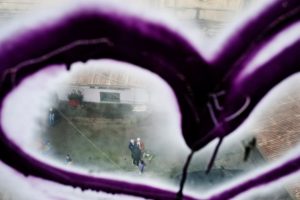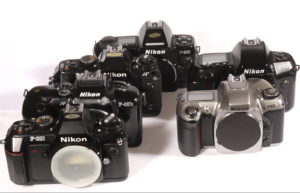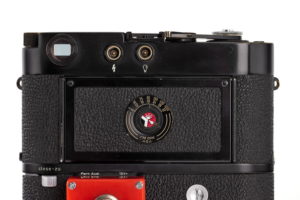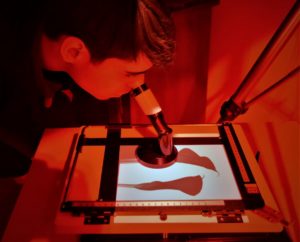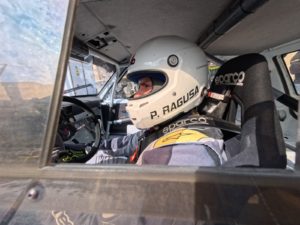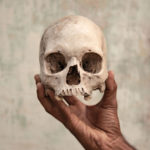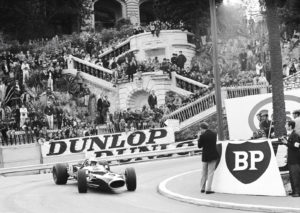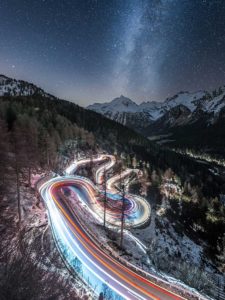Fotocamere
Articoli
Reflex
Mirrorless
Compatte
Smartphone
Ultimi articoli
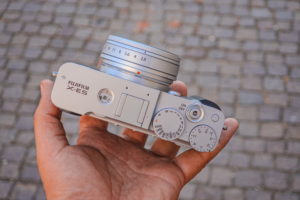
Fujifilm X-E5, una più versatile ma delicata X100VI

Fujifilm X-Half: una via di mezzo più che un mezzo formato

Panasonic Lumix S1R II, un cambiamento importante nel segmento Lumix S
Gallery
Obiettivi
Articoli
Reflex
Mirrorless
Medio formato
Ultimi articoli

Sony FE 50-150mm F2 GM: un obiettivo per domarli
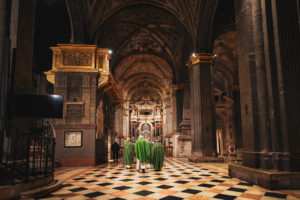
Nuovo Sony FE 16mm F1.8 G, la giusta via di mezzo
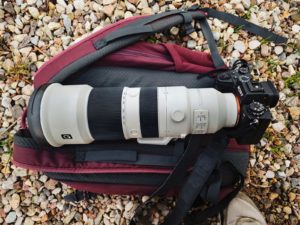
Sony guarda lontano con il nuovo FE 400-800mm F6.3-8 G OSS
Gallery
Interviste
Articoli
Ultime interviste

Il concorso più divertente dell’anno: Nikon Comedy Wildlife Awards
Natura & Macro
Fotografi in viaggio: un nuovo progetto per conoscere il mondo e imparare a fotografarlo
Viaggio

Guido Harari: dalla complicità nascono i ritratti migliori
Ritratto
Gered Mankowitz: il rock visto dalla mia Hasselblad
Ritratto
Analogico
Articoli
Attrezzature
Camera oscura
Collezionismo
Storia
Tecniche alternative
Ultimi articoli
Pratica
Articoli
Accessori
Guida Immagine
Hardware
Software
Tutorial
Ultimi articoli









